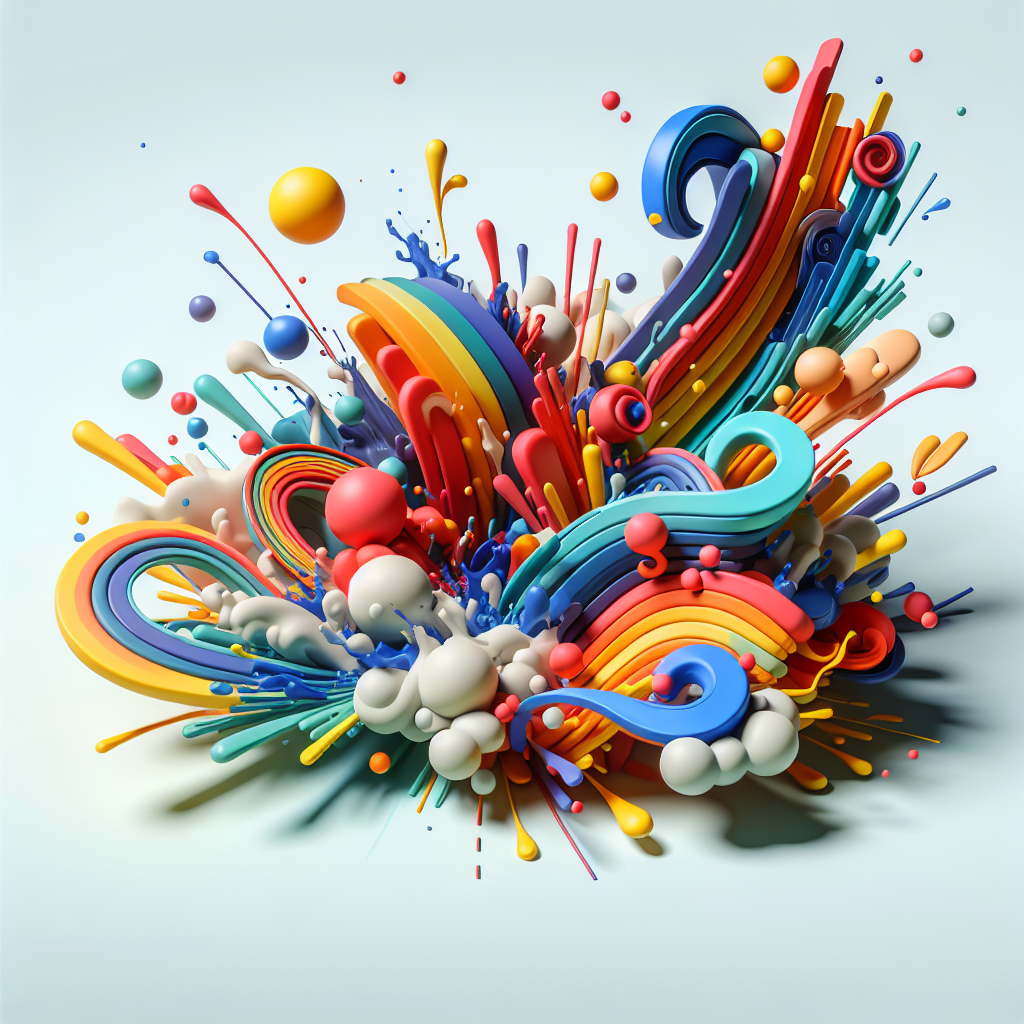The Brushstroke That Breathes Life
Imagine a single brushstroke carrying the mystery of a thousand stories — that's the beauty captured in the technique known as 'wash' in visual arts. Wash is an artistic technique originating centuries ago, found in the delicate, fluid renderings of East Asian ink paintings, as well as in Western watercolors. It is used by artists who seek to convey depth, mood, and atmosphere in their work. At its essence, wash consists of diluting paint with water or another solvent, creating a translucent effect on paper or canvas. From the bustling art studios in Paris to the peaceful Zen gardens in Kyoto, wash transcends cultural boundaries and leaves an indelible mark on art history.
Mastering the Art of Water and Paint
So how exactly does wash work? At its core, the wash technique involves mastering the fluidity of watercolor (or ink) to achieve a desired translucency. Additional water is mixed with paint, making it thinner, which results in softer edges and a more subdued color palette. The practice requires a delicate balance, with artists often using a wet brush on a lightly wetted surface to create gradients that shift seamlessly, mimicking natural light, shadow, and texture.
The appeal of a wash lies in its unpredictability. Unlike oils or acrylics that layer opaquely, wash encourages spontaneity. Consider Japanese sumi-e or Chinese ink wash painting, where every stroke tells a part of a story, yet leaves room for interpretation and imagination.
The Science Behind the Wash
Let's venture into the science of why wash is so fascinating. When a pigment-laden brush meets a wetted surface, capillary action comes into play, causing the paint to spread and create naturally soft gradients. The interplay of water and pigment also leads to sedimentation, where certain pigments settle at the texture of the paper, creating a granular effect that can subtly enhance the painting's depth and texture.
Moreover, wash techniques inadvertently demonstrate phenomena like diffusion, where pigments spread out over time, gradually blurring and blending hues into new forms. While this may sound highly technical, the essence of using wash brilliantly integrates both calculated skill and happy accidents.
A Journey Through History
Tracing back in time, the origins of wash painting are most prominent in ancient China during the Tang and Song dynasties. These painters embraced simplicity and spontaneity to capture the fleeting beauty of nature and human experience — elements that remain central to wash techniques today. Zen monks in Japan refined these methods, highlighting the philosophy of wabi-sabi, which values beauty in imperfection.
Across the globe in Europe during the 18th and 19th centuries, the watercolor medium gained popularity, paving the way for artists like J.M.W. Turner, who utilized washes for their expressive and atmospheric capabilities. Turner's seascapes are renowned for their dramatic, almost ethereal interpretations, made possible through masterful use of wash techniques.
The Modern Revival
In contemporary art, wash techniques continue to thrive, adapting to new media and influences. Today, artists blend traditional washes with digital mediums, further expanding the boundaries of artistic expression. Multimedia artists use software to simulate wash effects in their digital canvases, while illustrators incorporate washes into graphic novels to invoke emotion and rhythm.
Teaching wash techniques has also become a staple in art education. Engaging students with this ancient method encourages them to appreciate the subtleties of motion and color blending. The wash technique serves as a gateway for budding artists, offering them the freedom to explore without the pressure of perfection.
Why Wash Matters
Why should we care about a technique that is seemingly simple yet deeply complex? Wash matter because it is a testament to human creativity and our intrinsic desire to convey emotions and stories through art. This method is not just a technique but a celebration of artistic spontaneity and a bridge between traditional and modern artistry.
In embracing the wash, we witness a synergy of science and art — the dance of pigments and water that come to life on a page, quietly reminding us of the harmony found in nature. As we explore this fascinating artistic expression, we discover a universally shared language that speaks to our collective human experience.
So next time you find yourself gazing at a watercolor painting or a delicate ink illustration, take a moment to appreciate the wash and the story it unfolds with every stroke and gradient.

